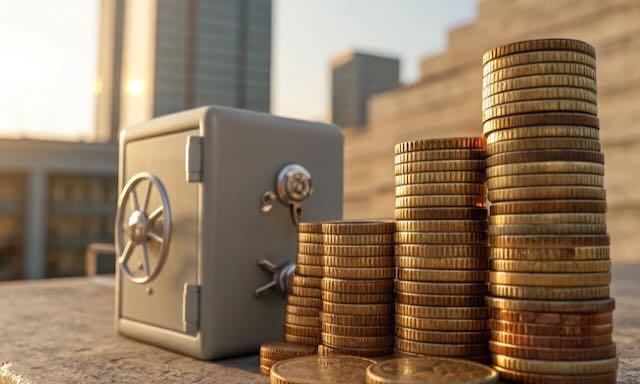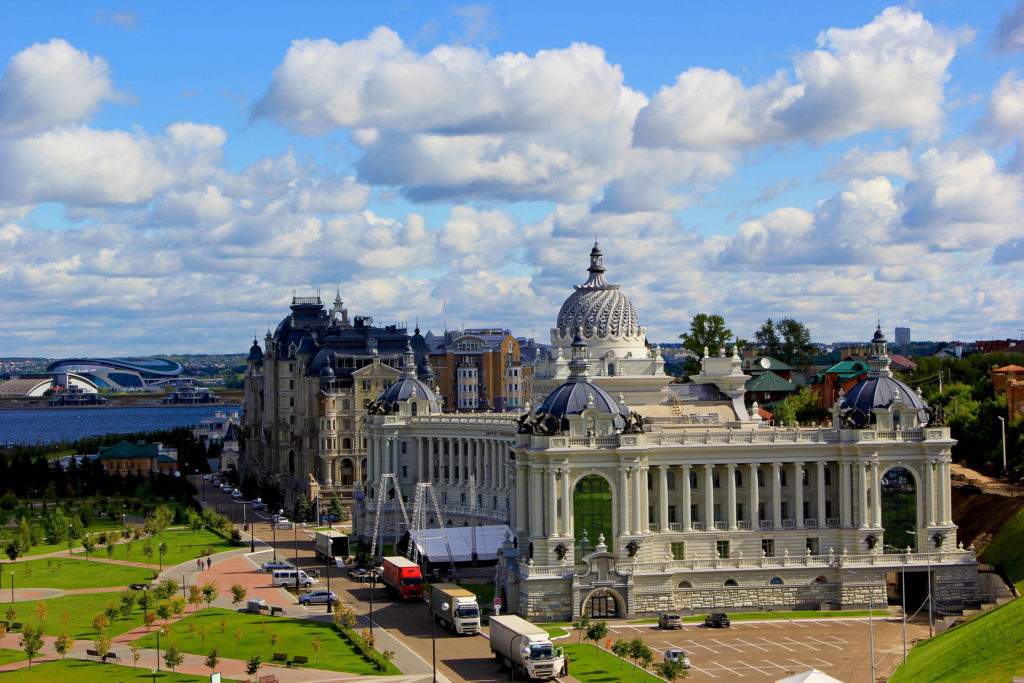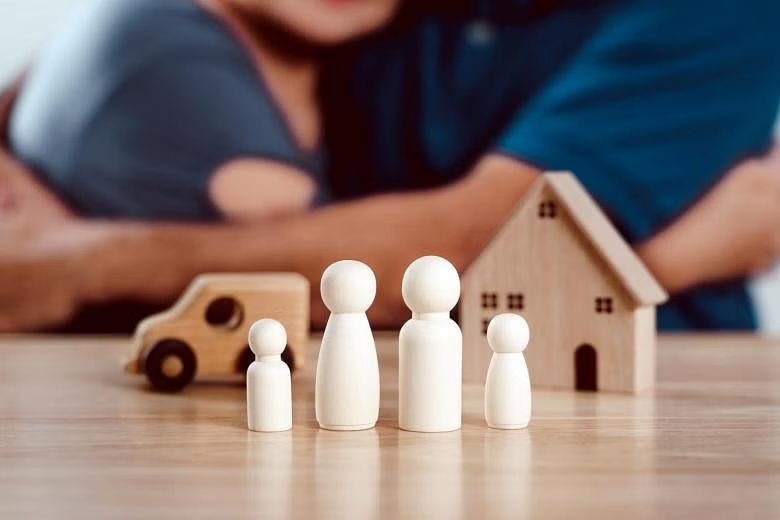The much feared second wave of virus infections has arrived. Many have been worrying about such an event which may follow the 1918 Spanish Flu, causing a higher death toll, further economic lockdowns, and more bankruptcies in the corporate sector
The much feared second wave of virus infections has arrived. Many have been worrying about such an event which may follow the 1918 Spanish Flu, causing a higher death toll, further economic lockdowns, and more bankruptcies in the corporate sector
The much feared second wave of virus infections has arrived. Many have been worrying about such an event which may follow the 1918 Spanish Flu, causing a higher death toll, further economic lockdowns, and more bankruptcies in the corporate sector
As countries are starting to re-open their economies and lift travel restrictions, we started seeing a rising number in new infection rates in multiple locations, which caused a large one-day fall in equity markets of more than -5% last week, re-igniting painful memories of the March sell-offs. Bears felt an initial vindication of having been out of the markets as they anticipate the next crash, while bulls are questioning if the recent rally is now topping out.
To make things worse, countries that have had no new cases for over a month have suddenly suffered a resurgence in daily new cases, suggesting there are still asymptomatic cases prevalent in the population at large and that new undetected infections are still occurring beneath the surface. Even 56 consecutive days of no new cases, like Beijing had without a new domestically transmitted case, is not enough to feel safe about having stamped out the virus, as more than 100 new cases have been found in the last week.
It is now looking more likely that this virus is something that we may need to live with over the long term, possibly with no vaccine or cure imminent. For investors, the question must shift away from whether the virus will be contained, as we may not be able to contain this, to instead assessing what the longer-term economic damage is of a seasonally recurring COVID19.
Through the significant death toll that the world has sustained thus far, the initial analysis of a lower mortality rate than estimated at first has proven to be correct, which led to a significant recovery in risk assets over the last two months. The extreme economic damage suffered globally was largely self-inflicted by the decisions that most governments took to err on the side of safety. We will never know what the alternative would have been, though we can closely watch the development of countries that did not close down their economies, from the more successful ones like Sweden to the less successful ones like Brazil.
In the current second wave, China has reacted in typical strong-handed fashion by again locking down neighborhoods and canceling schools. The US has taken the opposite view so far, deeming the economic cost of continued lockdowns too great, vowing not to lock-down again even as many states report record new infections.
What does this all mean for investors? Many people scoffed at the equity markets’ fast recovery since March, calling it a disconnect between stock prices and the underlying economy that is experiencing the steepest global recession in almost a century, and are still expecting another imminent crash. And yet many economic data points over the last month have surprised on the upside, leading more weight towards a faster recovery, provided that governments do not lockdown again.
We should monitor these changes first hand on the ground here in Singapore and in other countries. As I write this article, one day before the Phase Two re-opening of the economy, many restaurants are already fully booked, albeit with fewer tables open. After our initial pent-up demand to eat out is satisfied, let’s see whether there is a more sustained demand or the feared long-term drop in economic activity.
A year from now we may look back and marvel at how, against consensus expectations, things may have changed far less than what we think.
By LEONARDO DRAGO
Co-founder of AL Wealth Partners, an independent Singapore-based company providing investment and fund management services to endowments and family offices, and wealth-advisory services to accredited individual investors.





